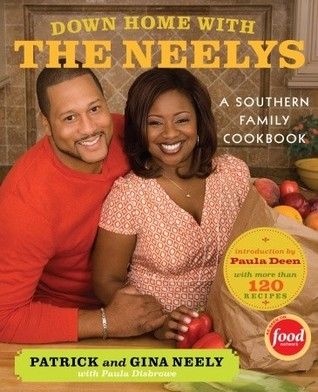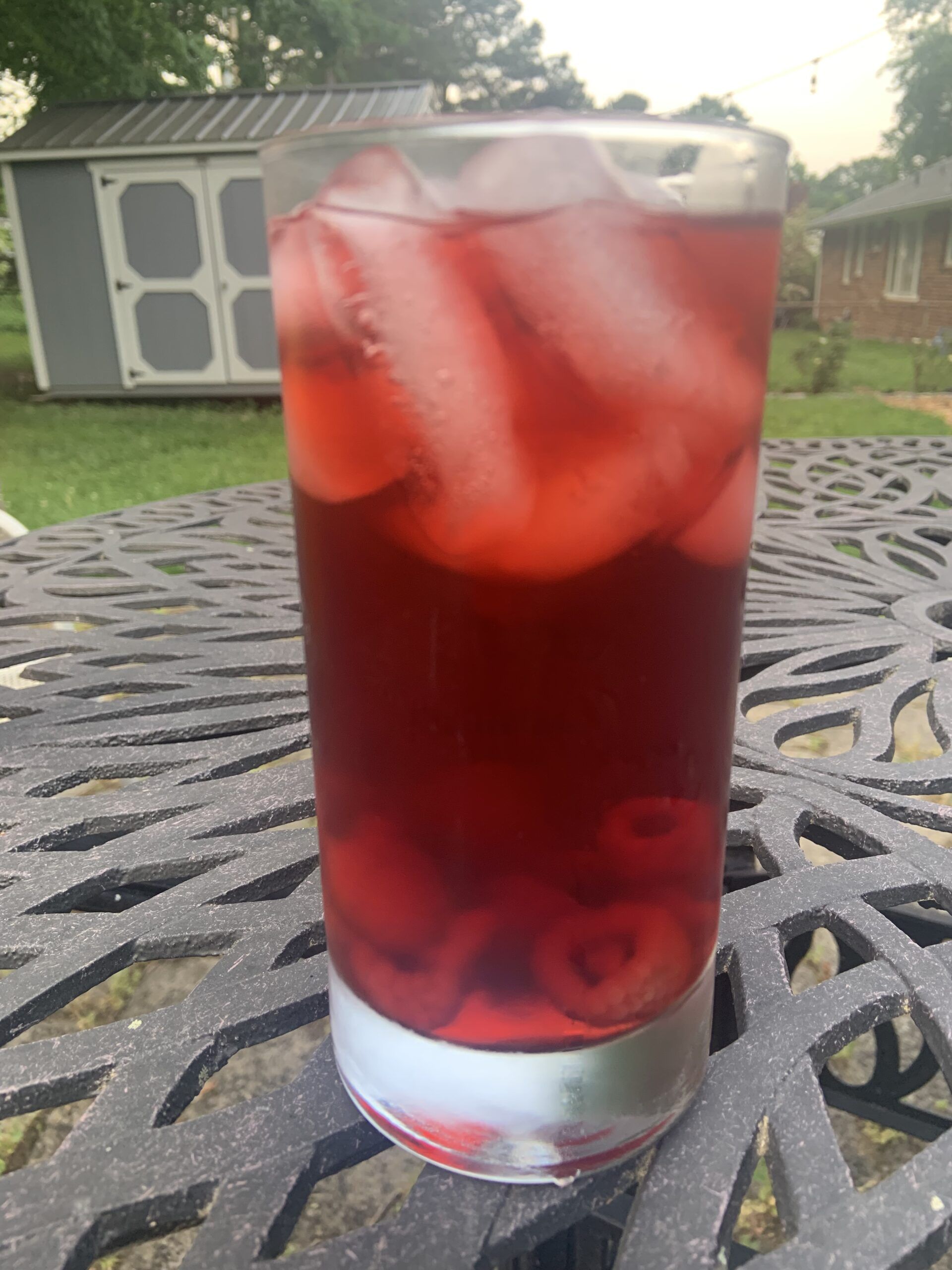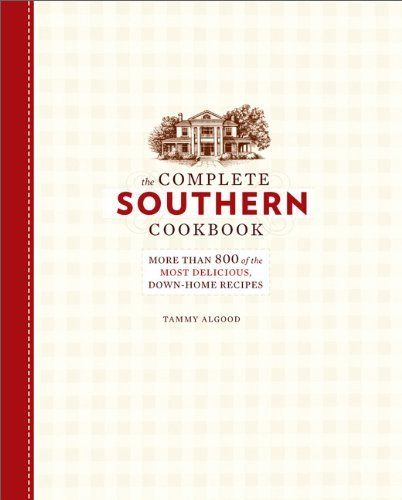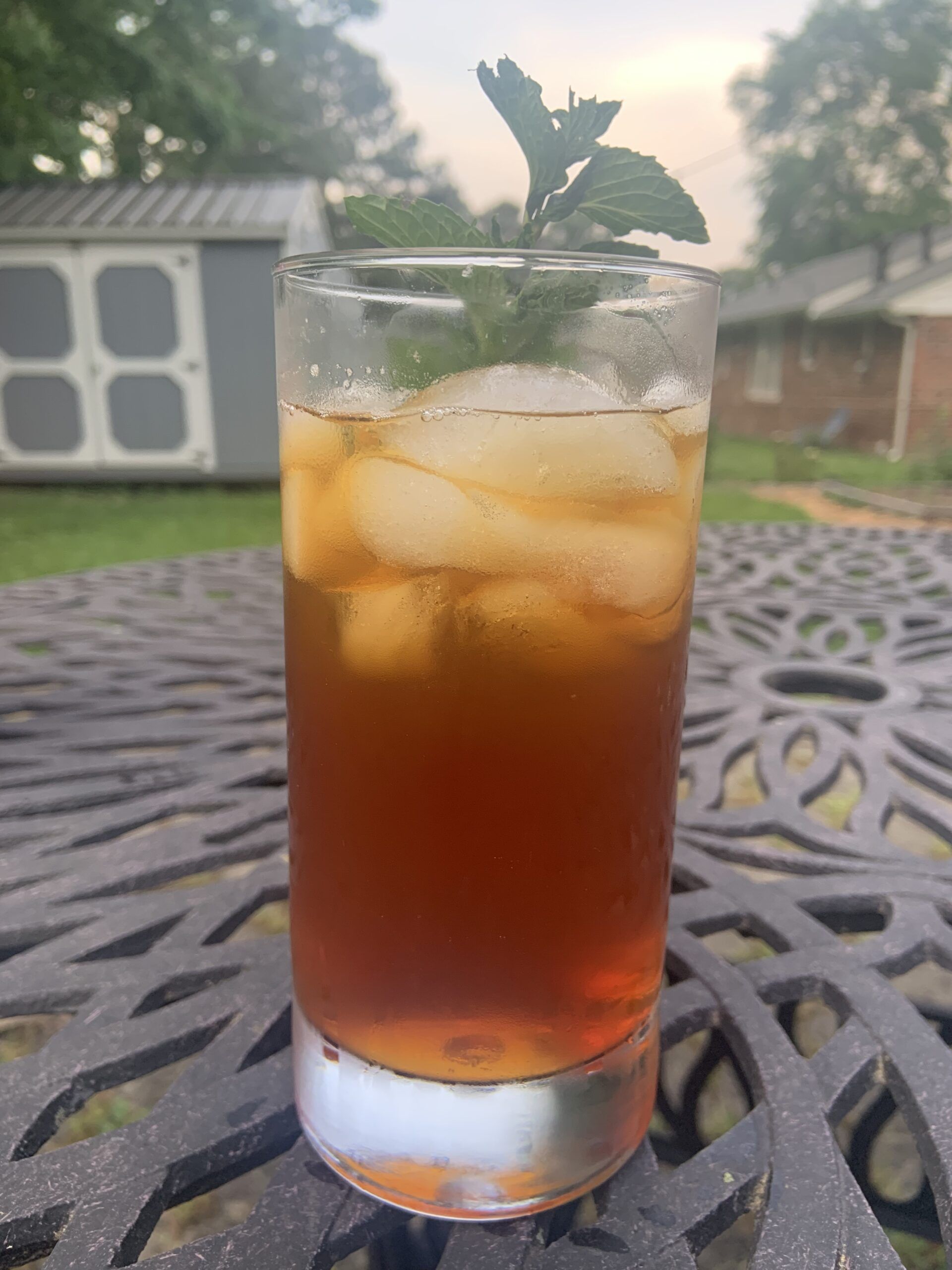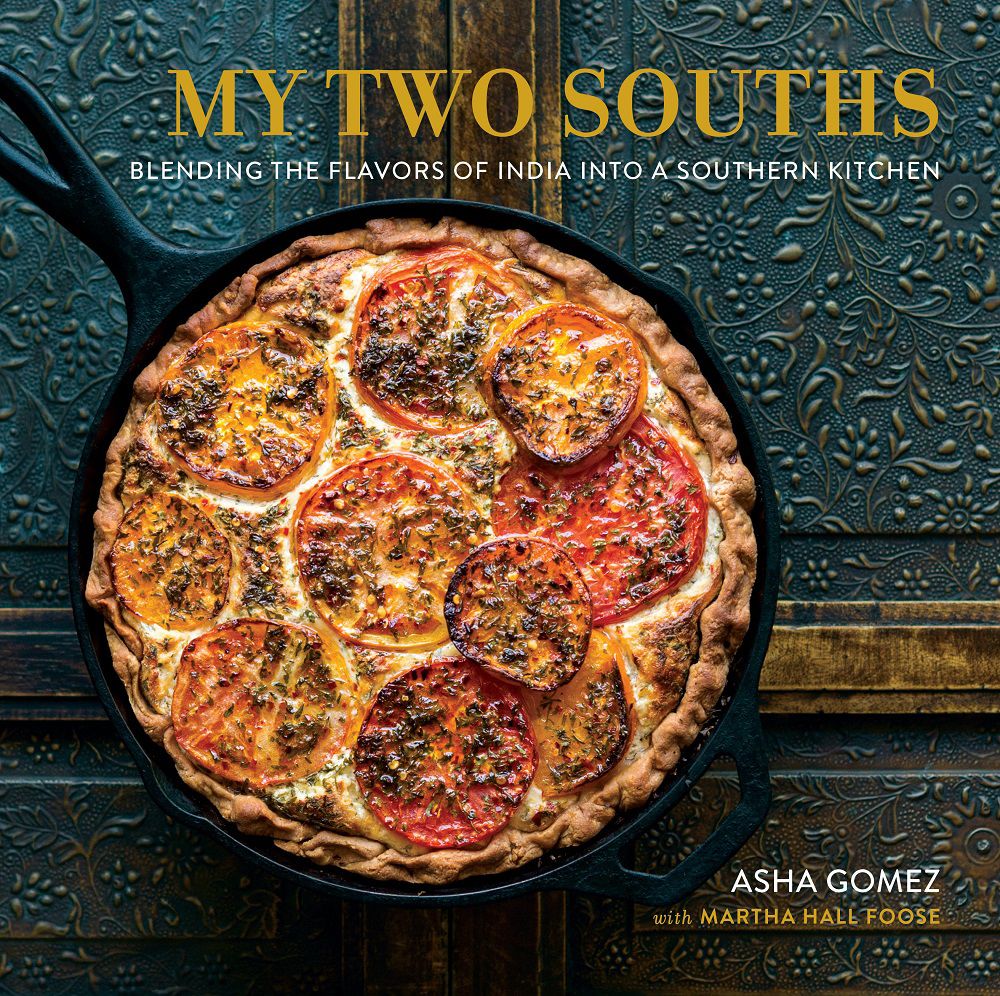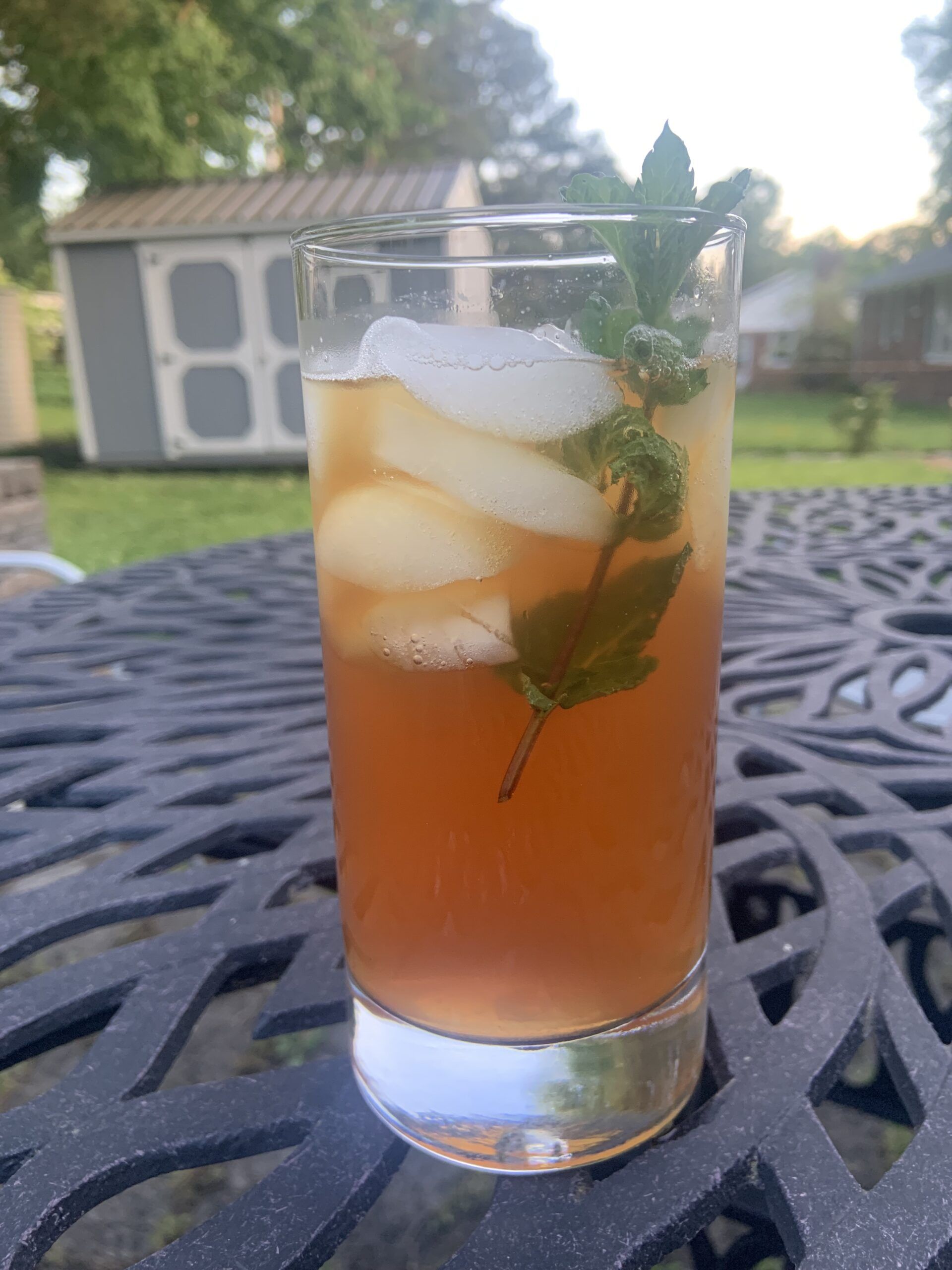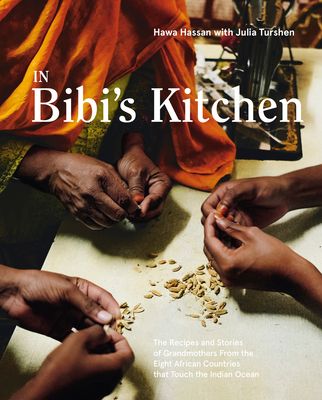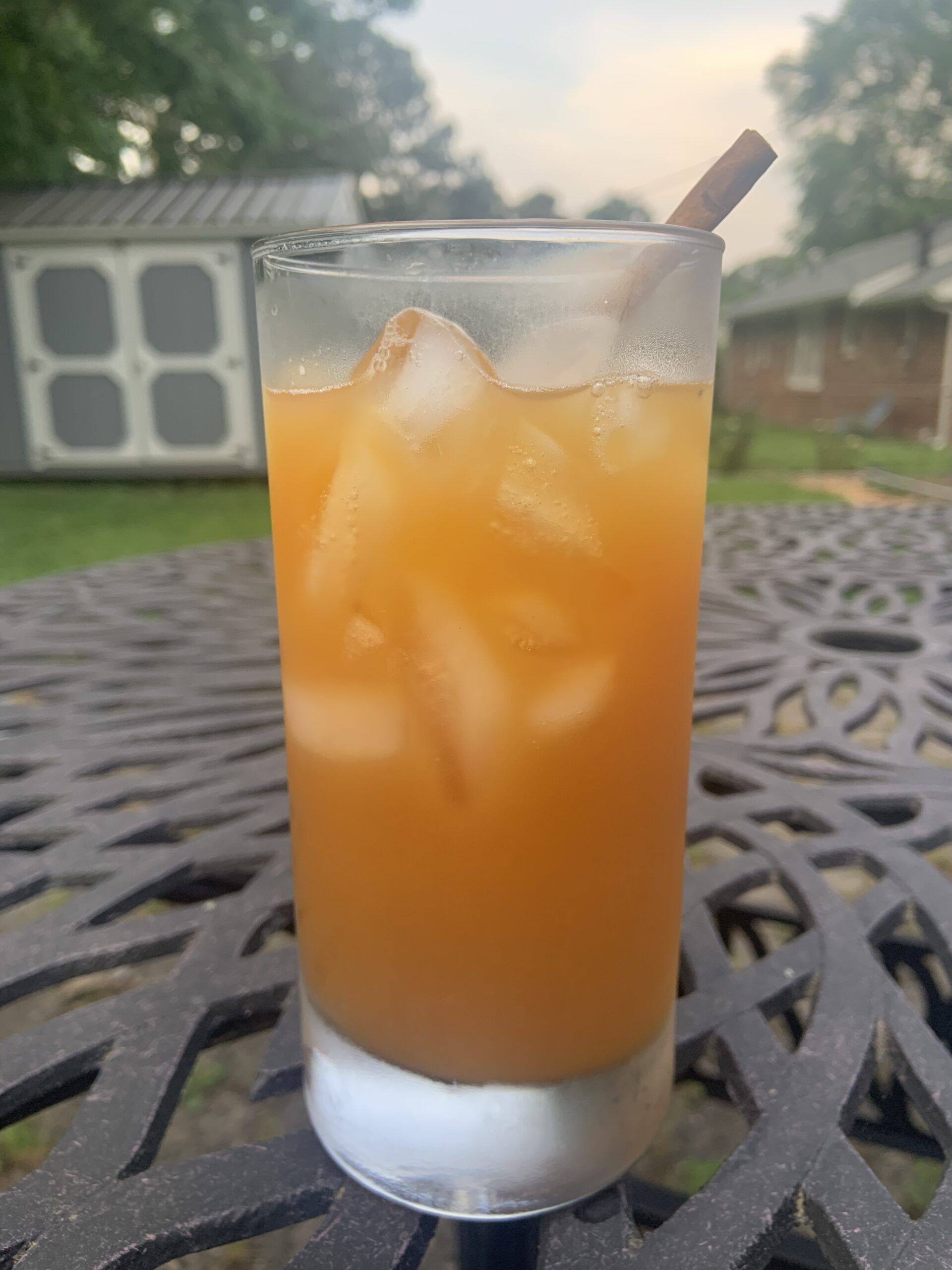Making iced tea at home when it’s easy to get every flavor from peach to kombucha at the gas station may seem like a waste of time, but just like most homemade foodstuffs, making your own eliminates a certain processed flavor. It’s difficult to describe other than chemically tasting. Also, it doesn’t take much time or effort to brew iced tea at home. Aside from the few minutes it takes to steep and add sugar to hot liquid, there’s no work at all. The southeastern United States claims sweet ice tea as part of their culture, but iced tea actually originated in the northeast, where ice was abundant and easy to keep in cellars from the cold winter months through most of the summer. The key difference between the two is that sweet ice tea is sweetened while still hot and iced tea is served unsweetened, with sugar available should the drinker want it. It wasn’t until 1884 that a recipe for sweet ice tea as we think of it was printed in Mrs. Lincoln’s Boston Cook Book: What to Do and What Not to Do in Cooking, further proving that sweet tea wasn’t just enjoyed in the south. The popularity of iced tea parallels the development and availability of refrigeration. In 1856, Richmond, Virginia druggist S. P. Semple advertised that, at his soda fountain, “the exhilarating effects of a glass of iced Tea or Coffee [would] speak for themselves.” Many stores and soda shops were able to use refrigeration to serve cold beverages, even when people weren’t able to afford refrigerators in their homes yet. It wasn’t until 1904 at the World’s Fair in Louisiana that iced tea gained popularity. An unseasonably warm summer drove Richard Blechynden, India Tea Commissioner and Director of the East Indian Pavilion, to serve tea over ice. He ended up selling $2,000 worth of tea (approximately $50,000 today) over the course of the fair, tying the idea of sweet ice tea and the south together. It’s become a part of southern American culture, people even write songs about it. After this, glass and silverware transformed to cater to iced tea specifically, with tall glasses and long handled spoons, for adding more sugar. During Prohibition, ice tea soared in popularity as a delicious, non-alcoholic drink and began appearing in most southern cookbooks of the time, especially in church or ladies’ society cookbooks. This is where the recipe for what we think of today as traditional ice tea comes from: black tea, presweetened (that is sweetened at the time it is brewed), chilled, and served over ice. The flavor combinations and twists on this basic recipe are endless and exciting. It’s around this time that the colloquial use of “sweet ice tea” versus the grammatically correct “iced tea” became common usage in the south. More often than not the “ice” is dropped, and the drink is referred to as “sweet tea” because the iced is implied. I would serve this tea to my most foodie-focused friends and to my late grandparents knowing that both crowds would love it equally. You won’t have to worry about getting “the sugars” as my gramma called it, because it’s less sweet than soda and much more delicious. It’s a fresh take on an old classic. This tea is perfect for family gatherings, front porch sitting, barbecue sipping, and just sitting on the shelf in the fridge as an anytime drink.
Pineapple upside down cake The best grilled cheese Chai Buttermilk biscuits
